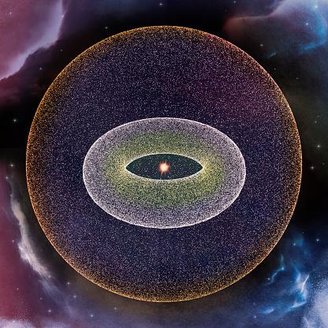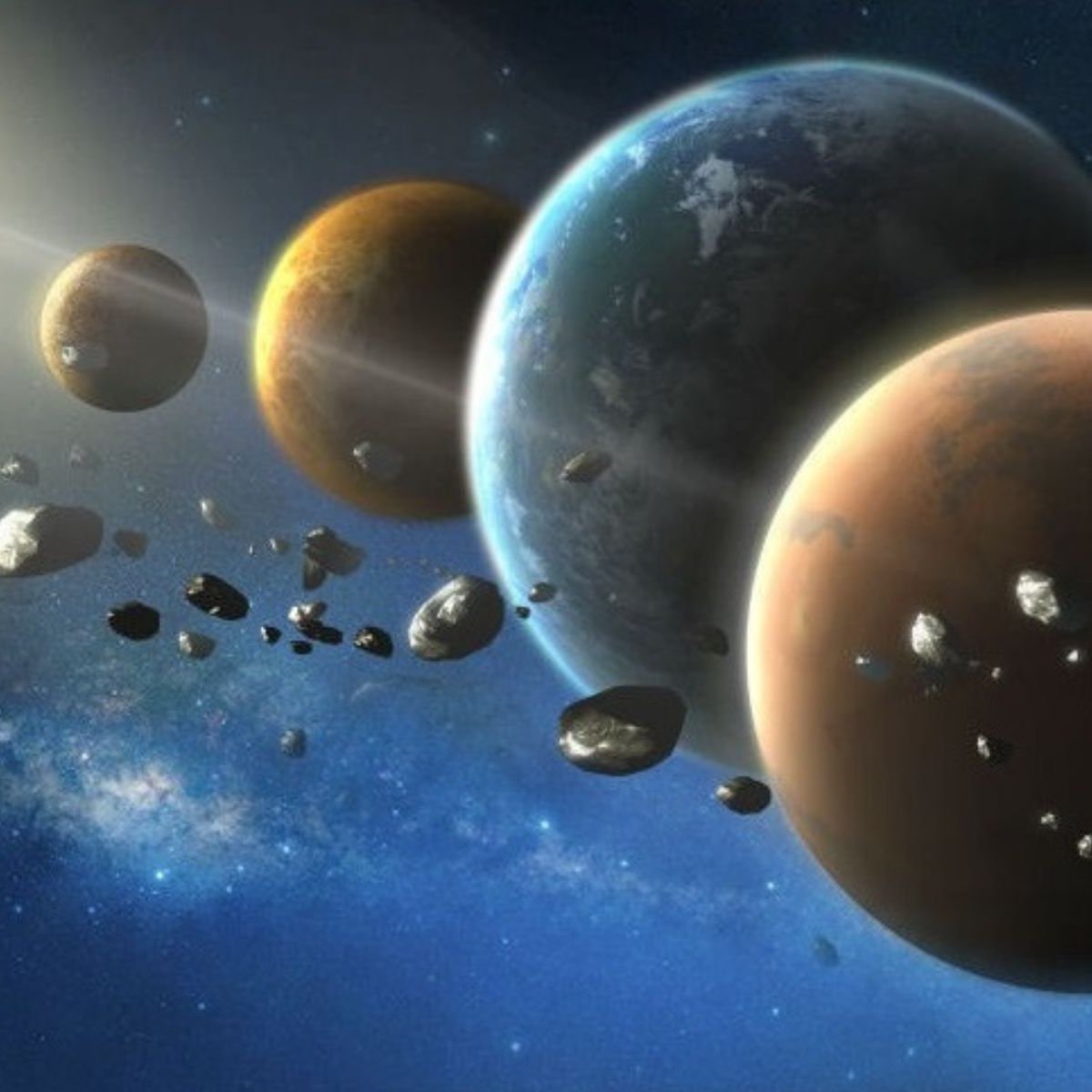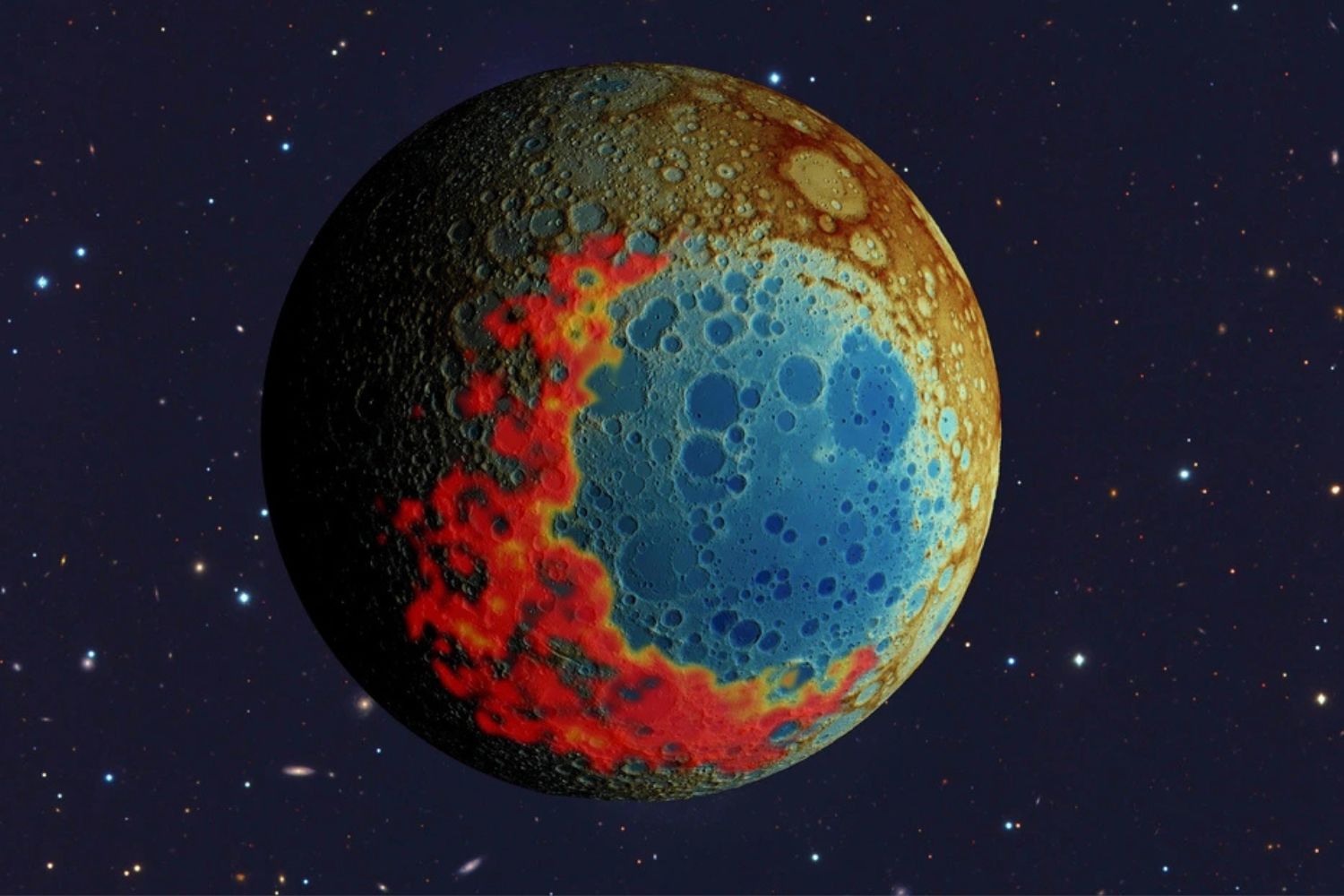The Solar System was formed approximately 4.6 billion years ago, when the main star in the region was developing. Then the Earth and other planets began to form. The most studied region of space is precisely the Solar System, after all, this is where our planet lives and there are several cosmic objects in this region that can be thoroughly studied.
In all, There are eight planets, including Earth, in the Solar System, as well as hundreds of moons and thousands of other cosmic objects. However, this astronomical structure is not the limit of the universe. In fact, there are billions of celestial objects in many places far beyond the boundaries of our system; We are only part of the Milky Way, but there are many other galaxies.
Only our region is considered the Solar System as we know it, but scientists point out that there are thousands of other star systems similar to the Sun that ‘host’ planets around it. The systems are somewhat similar in other galaxies such as Andromeda; For now, researchers believe there are more than 100 billion galaxies.
“An exoplanet is any planet beyond our solar system. Most orbit other stars, but free-floating exoplanets, called rogue planets, are not bound to any star. We have confirmed more than 5,200 of the billions of exoplanets we believe exist. Most of the exoplanets discovered so far are located in a relatively small region of our galaxy, the Milky Way. The US National Aeronautics and Space Administration (NASA) states that even Proxima Centauri b, the closest known exoplanet to Earth, remains approximately 4 light years away.
There is so much more As far as we can imagine beyond the Solar System, the universe is considered ‘infinite’ because it is constantly expanding. We gathered information from scientific articles and experts in the field to explain more about those who are after the system.
Boundaries of the Solar System
Exoplanets or extrasolar planets are the category of celestial bodies discovered outside the Solar System. In 1995, the first exoplanet was discovered by scientists Michel Mayor and Didier Queloz from the University of Geneva, Switzerland. This star, called 51 Peg b, is located about 50 light-years from Earth in the constellation Pegasus.
There are numerous asteroids, stars, moons and other celestial bodies, as well as planets outside the Solar System; All of this is just in the Milky Way. As mentioned before, there may be billions of galaxies in the universe; In other words, there is much more we don’t know than we can show. Each of these galaxies has several star systems with measurements that we do not know about.
Astronomers draw attention to this between galaxies there is the intergalactic medium, a region permeated by gas and cosmic dust; Sometimes there may also be star clusters. The interstellar medium is similar but contains dust, particles, cosmic rays, and magnetic fields in the space between a galaxy’s star systems.
“Direct detection of extrasolar planets is extremely difficult, as planets are much fainter than the stars they orbit. The most successful technique so far for finding and studying extrasolar planets has been the radial velocity method, which measures the motion of host stars in response to the gravitational pull of their planets. Swiss “Astronomers Michel Mayor and Didier Queloz discovered 51 Pegasi b in 1995, the first planet to use this technique,” is described in the encyclopedia Britannica.

Since the discovery of the first exoplanet in 1992, astronomers worldwide have detected more than 5,000 other celestial objects outside the Solar System. With the development and increase in space technology, it is possible for telescopes to detect more objects with similar properties in the coming years.
Some of the planets found have properties similar to those of Earth. To contain, Researchers are actively searching for all kinds of extraterrestrial life, from bacterial forms to more complex forms. And the answer may lie in the search for rocky exoplanets. In any case, science still has a lot to learn, as there is much more beyond the boundaries of the Solar System than we can imagine.
Did you like the content? So, stay up to date with more astronomical curiosities at TecMundo. If you wish, take the opportunity to understand how the first radiation belt beyond the Solar System was discovered.
Source: Tec Mundo
I’m Blaine Morgan, an experienced journalist and writer with over 8 years of experience in the tech industry. My expertise lies in writing about technology news and trends, covering everything from cutting-edge gadgets to emerging software developments. I’ve written for several leading publications including Gadget Onus where I am an author.












